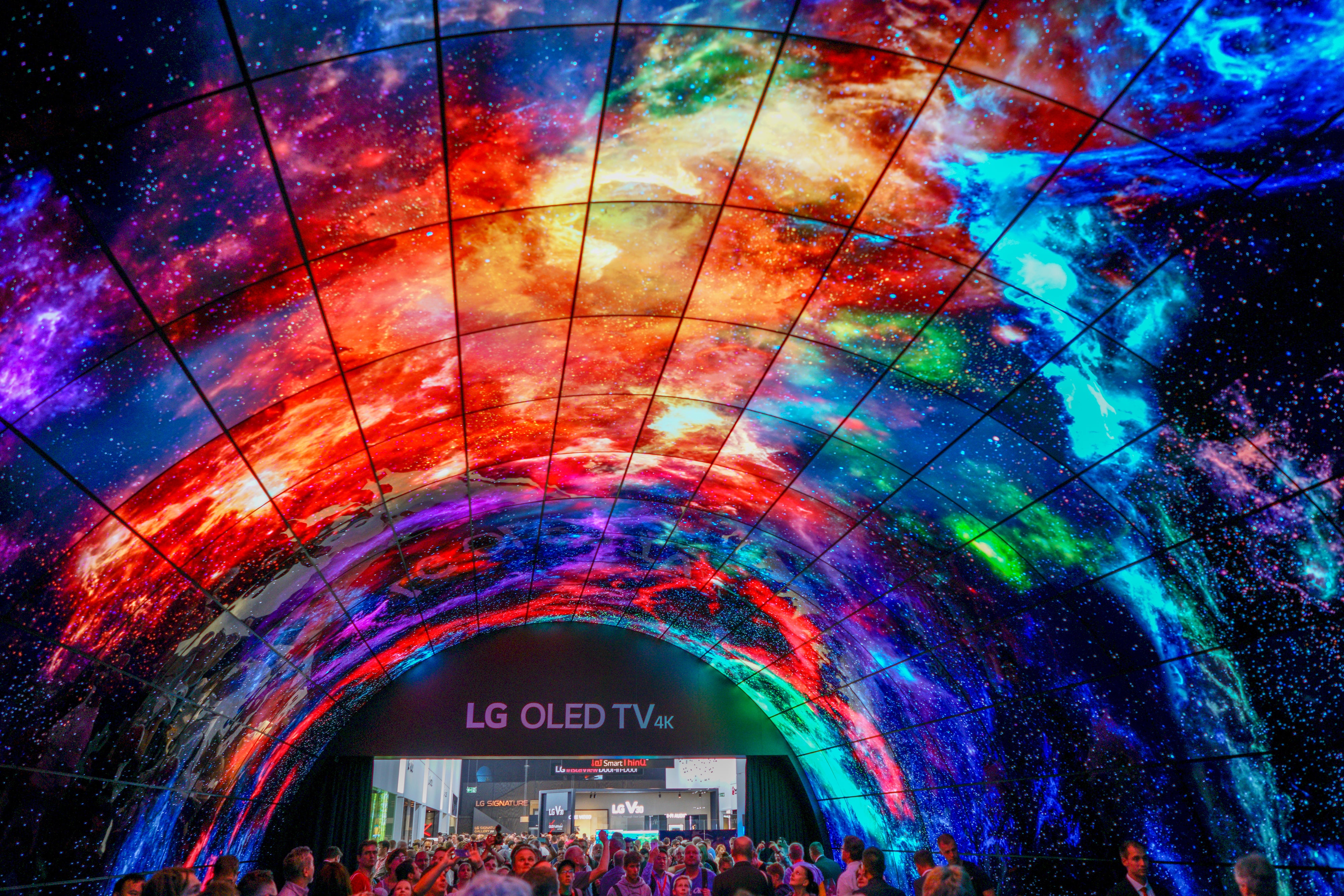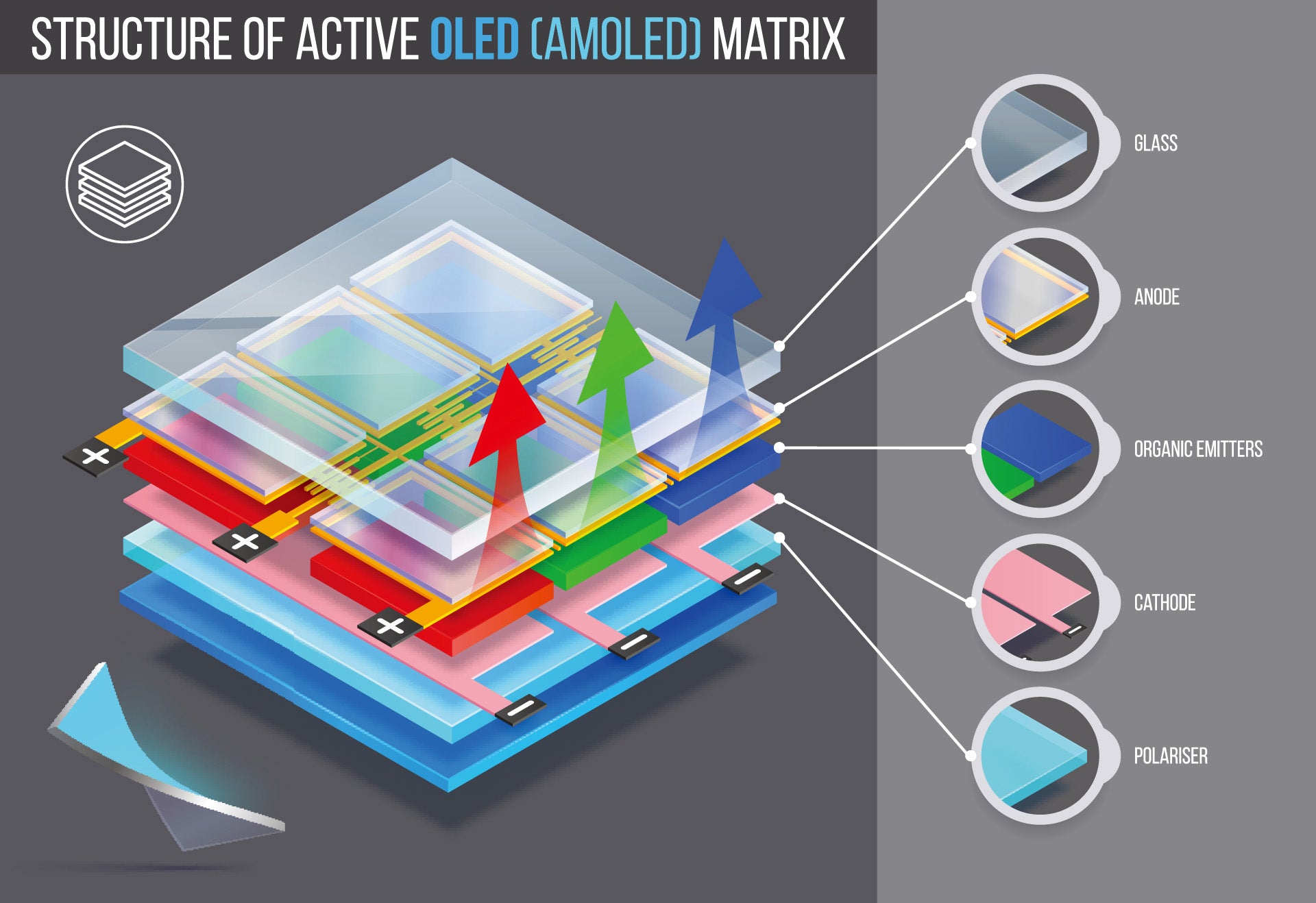OLEDs(Organic Light-Emitting Diodes) are becoming increasingly popular in the world of displays and lighting. The reason for their popularity is simple: the basic structure of an OLED is relatively simple, yet it provides a superior visual experience compared to traditional display technologies like LCD.

The basic structure of an OLED consists of several key components: a cathode, an anode, and an organic material layer sandwiched in between. The cathode is typically made of a metal such as aluminum, while the anode is typically made of a transparent conductor, such as indium tin oxide.The organic material layer is where the real light shines.
The organic material layer is composed of several different materials, including a light-emitting layer, a hole-injection layer, and a hole-transport layer. When a current is applied to the OLED, holes (positive charges) are injected into the hole-injection layer and move toward the cathode. At the same time, electrons are injected into the organic material layer and move toward the anode. When these holes and electrons meet in the light-emitting layer, they combine to create a chemical reaction that generates light. This process is known as electrophosphorescence. The process of electrophosphorescence is highly efficient, as it directly converts electrical energy into light, and is what makes OLEDs so efficient and flexible. Therefore OLEDs do not require backlighting, which allows them to be made thinner and lighter than other display screens.
The structure of OLED is relatively simple, but the actual display effect is very powerful. Discover the advantages of OLED over other display technologies.
더 읽기

Organic Light Emitting Diodes (OLEDs) are a type of technology that is taking the display and lighting industry by storm. They are increasingly being used in the latest smartphones, televisions, l...

Organic Light-Emitting Diodes, or OLEDs is a technology that has been around for several decades. In the early days of OLED technology, the focus was on developing simple, low-cost displays. The f...



댓글 남기기
이 사이트는 hCaptcha에 의해 보호되며, hCaptcha의 개인 정보 보호 정책 과 서비스 약관 이 적용됩니다.